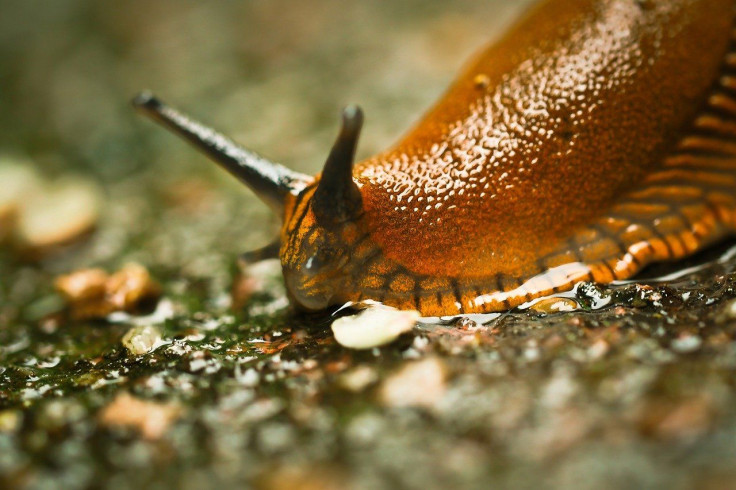New Giant Slug Species Discovered With The Help Of Citizen Scientists [Photo]
KEY POINTS
- The new giant slug species was found during a citizen scientist expedition
- DNA and genital differences confirmed that it's a separate species
- The discovery shows there may be more "unnamed or unrecognized" species
Researchers described a new giant slug species that's as big as a medium-sized carrot. The creature was found and described with the help of citizen scientists.
The giant slug, now named Limax pseudocinereoniger, was discovered during a citizen science expedition to Europe's Tara Canyon. Limax species are well-known for their big size and color pattern, said the researchers in their paper, published in Biodiversity Journal. Their "genital extravagance" is also rather unique. After barnacles, some Limax species have the "longest penises in the animal kingdom," up to seven times their body length.
"Given the long history and intensity of naturalist activity in central Europe, one would not expect there to remain any undiscovered animal species of 15-20 cm in body length," the researchers wrote. "Yet, this is the case in the giant keelback slugs of the genus Limax."
Initially, the species appeared like the ash-back keelback slug (Limax cinereoniger), but a mobile DNA lab testing revealed a 10% difference in their barcode. This "degree of divergence" is also seen in other Limax species and hence, the researchers noted that they "feel justified" in deeming it as a separate species even though there is only a slight difference. In addition, they also found differences in their reproductive organs.
It was named L. pseudocinereoniger because of its similarity to the L. cinereoniger.
🏆@TaxonExped strikes again with a #NewSpecies described in a #journal of ours!
— Pensoft (@Pensoft) June 22, 2022
Having previously discovered the @LeoDiCaprio's water beetle & the @GretaThunberg's snail, #CitizenScientists just published a #NewSpecies of giant slug in @BioDataJournal!
👉https://t.co/azsap5POFL pic.twitter.com/AX6GSP5Esu
"It's an incredible thrill to hold an animal in your hands and to know that it is still unknown to science," Rick de Vries, a web editor and illustrator from Amsterdam who was the one who found the first specimen, noted in a blog post.
It's possible that there are still many more "unnamed or unrecognized" species, "especially in the Alps, the Mediterranean and the Balkans," wrote the researchers.
"Using a combination of DNA analysis and anatomy will probably reveal more species that are identical on the outside but actually belong to different species," said zoologist Iva Njunjić, one of the study authors.
The expedition that led to the discovery, which was organized by Taxon Expeditions, involved citizen scientists from Italy, Serbia, the Netherlands, South Africa and the U.S., as well as professional ecologists, taxonomists and "field geneticists."
Such citizen science expeditions aim to involve members of the general public in "species discovery in biodiversity hotspots and to engage them in the description and publication of species new to science."

© Copyright IBTimes 2025. All rights reserved.






















